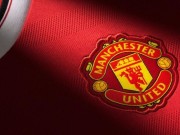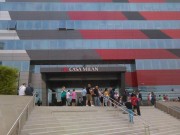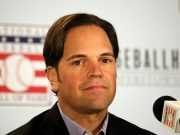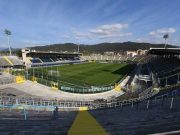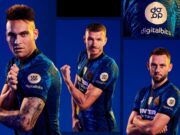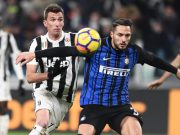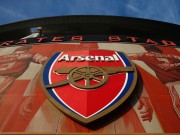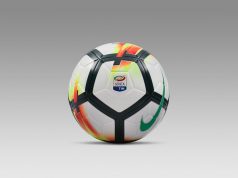How much did Roma recoup as a result of Sabatini’s transfer activity and his ability to turn a profit on players? Following the announcement that the sporting director had terminated his contract with the club by mutual consent, we tried to calculate this by using the figures published in Roma’s financial statements.
Calcio e Finanza can reveal that, during the five years that he oversaw the Giallorossi’s transfer activity, Sabatini generated net revenue of €142.51 million for Roma.
We arrived at this figure by adding together the ‘operational management of player transfers’ entries reported in Roma’s last five financial statements. These entries include profits from player sales, losses incurred on player sales, income received from loans, and the cost of loaning players from other clubs.
Of all the years he spent in the capital, Sabatini’s best was the 2015/16 season, during which Roma made a net loss of €14 million, as announced yesterday. His team management, up to and including 30th June 2016, brought in revenue of €64.16 million, which was primarily down to the profit made by selling Romagnoli, Gervinho and Miralem Pjanic. The Bosnian’s transfer to Juventus (for €32 million) has already been recorded by the club, as evidenced by its inclusion in the financial statement – Juventus, on the other hand, are waiting until the end of their current financial year (30th June 2017) before doing so.
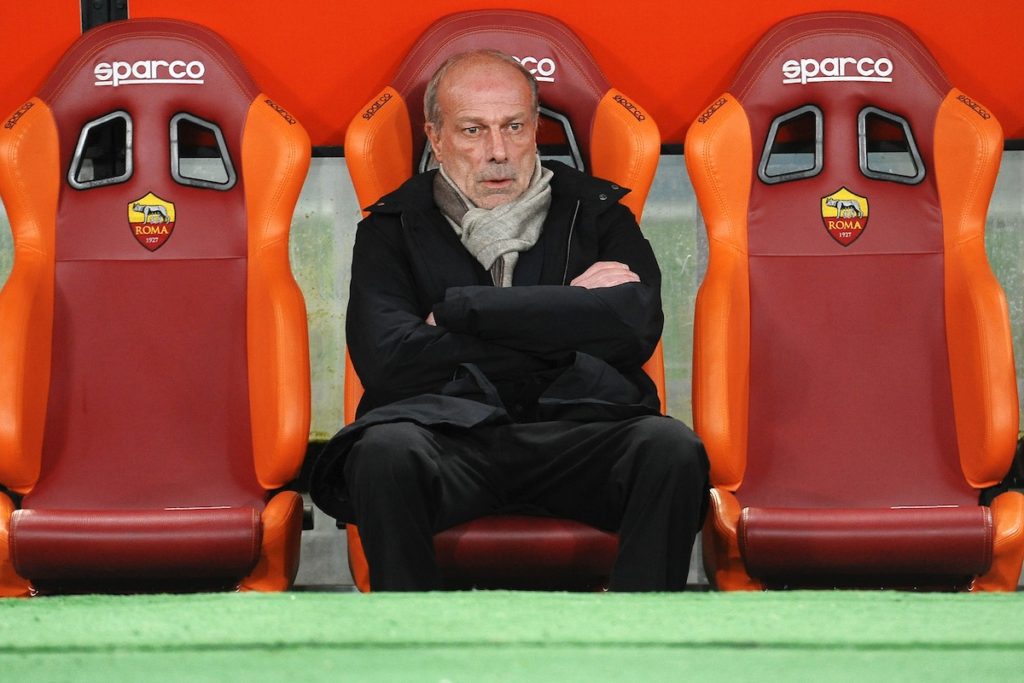
None of his previous four seasons in Rome were so lucrative for the club’s bank account. We have to go back to the end of June 2014 to find Sabatini’s second most profitable year in the transfer market, when he finished with a profit of €30.71 million, thanks to the capital gains made on Marquinhos (€27.4 mln), Lamela (€15.2 mln), Osvaldo (€5.2 mln), and Bradley (€5 mln).
In 2014/15, when Garcia was coach, Sabatini finished his business in the transfer window with a profit of €27.6 million. This time he kept the Giallorossi’s finances alive – as they were around €41 million in the red – by selling Benatia, whose sale created a capital gain of €14.2 million, and Dodo, who generated a profit of €7.9 million when he joined Inter.
In all, revenue for these three seasons comes to €122.47 million, around 86% of the total generated under his stewardship: the first two years, under Luis Enrique and Zeman, brought in profits of just €9.06 million and €10.98 million.
“I’ve failed, but Milan and Inter would like to be in our position.”
The day after he left his job as sporting director, Sabatini wasn’t afraid to take his share of the responsibility for Roma not winning a trophy while he was in charge. “When I arrived at Roma, I spoke about a ‘cultural revolution’,” he said in his press conference. “By this I meant that we needed to make winning a necessity rather than a possibility, and not achieving this revolution is my biggest failing.”
He also revealed his reasons for leaving, and they concern his relationship with Pallotta. “I’m leaving because the parameters for signing players have changed,” he explained. According to the sporting director, “the president and his partners prioritise different qualities, they love statistics and they’re looking for a winning algorithm.”
Sabatini, however, says he lives “on instinct, I can see an entire universe in a football. You can’t describe players only based on pure statistics; they can help you but they can also be deceiving. I don’t intend to change, so since Pallotta intends to take a different path, my replacement will be from a different culture, a different way of doing things.”
According to Sabatini, the Giallorossi president “lives and thinks about football like he lives and thinks about his businesses, which is different to how I think about it.” Between cigarette breaks, Sabatini also saluted the fans, saying that his only regret was not winning the scudetto. “We just ran into Juventus’ extraordinary cycle. Milan and Inter would like to be in our position.”


